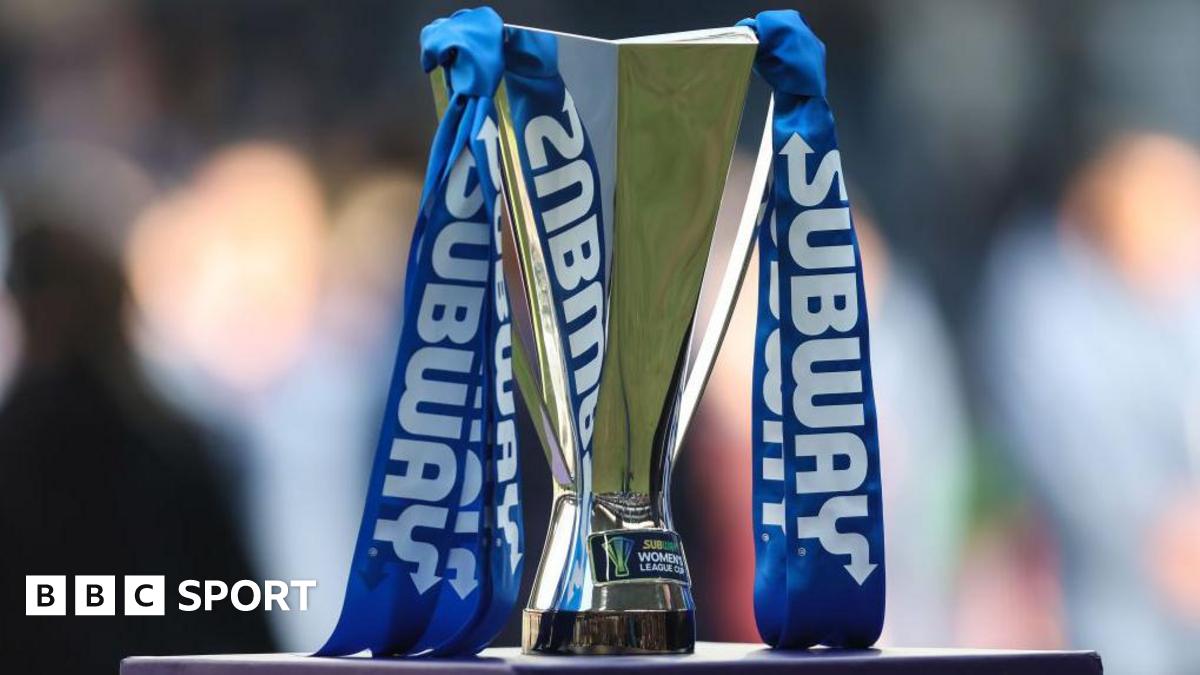
Manchester City Women's League Cup draw, placing them in Group A alongside Everton, Nottingham Forest, and Newcastle, presents an immediate opportunity but also reflects a broader strategic balancing act. The draw itself might seem straightforward, yet analyzing the long-term implications for City's development trajectory reveals a more nuanced picture. Can City maintain their title aspirations while simultaneously nurturing emerging talent and adapting to the evolving landscape of women's football?
Historically, the League Cup has offered top clubs a chance to rotate their squads and provide valuable game time to younger players. For Man City, reaching the final last season underscores their consistent ambition across all competitions. However, Chelsea's victory highlighted the increasingly competitive nature of the WSL and domestic cups. The "expectation vs. reality" here lies in City's ability to contend for silverware while simultaneously investing in future growth. Data suggests that relying solely on established stars is unsustainable in the long run. A key trend in women's football is the rise of emerging talent requiring consistent playing time to reach their potential.
Everton, a fellow WSL side, poses a competitive threat within Group A. Their performance metrics last season indicate a team undergoing significant restructuring, making them an unpredictable opponent. Nottingham Forest and Newcastle, from the Championship, offer City the chance to experiment with tactical formations and assess the capabilities of fringe players. Will City prioritize comprehensive victories to build momentum, or will they use these matches as genuine opportunities to develop squad depth? This decision will signal their long-term intentions for squad building.
Examining City's recent transfer activity offers further insight. While securing top talent remains crucial, analysis indicates a shift towards identifying and integrating promising young players. This trend aligns with the need to build a sustainable squad capable of competing both domestically and in Europe. The club’s strategy seems geared towards mirroring the successful models seen in top European men’s teams, where a blend of established stars and academy graduates fuels long-term success. For example, Barcelona's emphasis on La Masia has provided a consistent stream of talent for decades. Could City emulate this model within their women's program?
The Champions League qualification bye granted to Chelsea and Arsenal highlights the growing importance of European success. While domestic trophies are valuable, consistent participation in the Champions League significantly boosts a club's financial resources and global profile. Manchester City must balance their League Cup campaign with their broader ambitions in the WSL and potential future Champions League runs. This necessitates careful squad management and strategic player development.
Also, the absence of Manchester United from the initial draw due to Champions League qualifying adds another layer of complexity. Should United fail to qualify and enter Group A or B, the competitive intensity increases significantly. This uncertainty underscores the volatile nature of modern football and the need for adaptability. City’s tactical flexibility and ability to adjust their game plan based on opponent strengths will be crucial.
The League Cup, therefore, serves as a litmus test for Man City's evolving strategy. It's not merely about winning the trophy; it's about demonstrating a clear pathway for young players, experimenting with tactical innovations, and building a squad capable of sustained success across multiple competitions. Will they prioritize immediate results, or will they use the competition to nurture future stars? The answers to these questions will reveal the true direction of Manchester City Women's long-term development.
Key factors to monitor:
- Integration of youth players: Track playing time and performance metrics of emerging talents.
- Tactical flexibility: Observe the variety of formations and playing styles employed.
- Squad rotation strategy: Analyze how City manages player fatigue and distributes minutes across the squad.
- Response to competitive pressure: Assess City's performance against strong opponents like Everton.
- Long-term vision: Look for signs that the club is prioritizing sustainable development over short-term gains.
0 comments:
Post a Comment